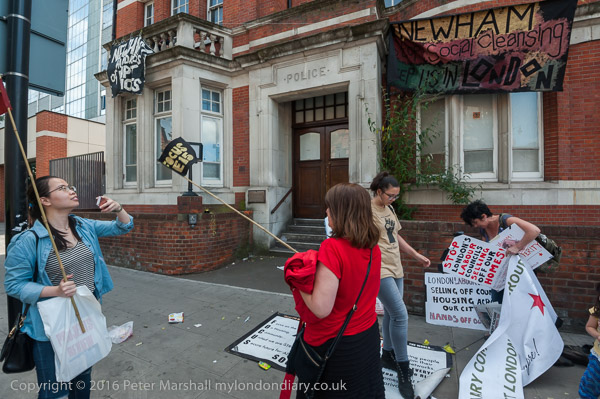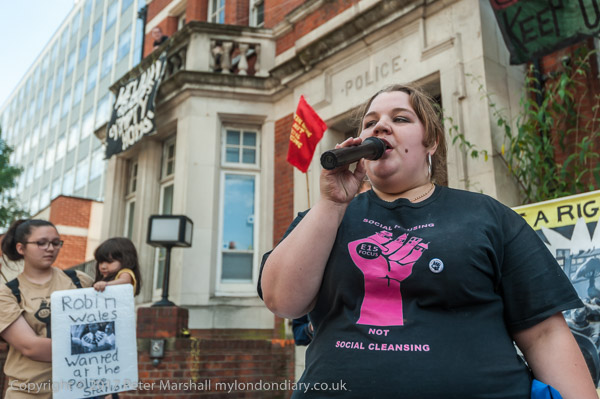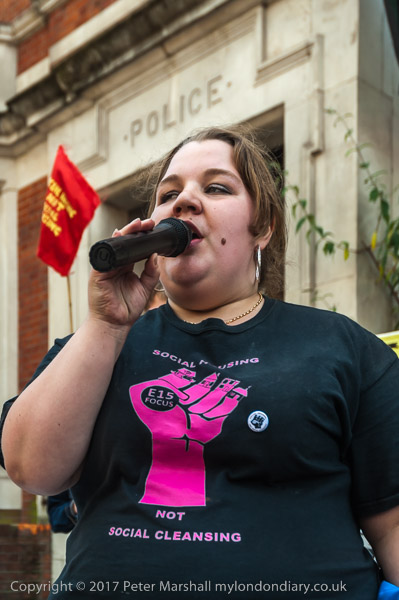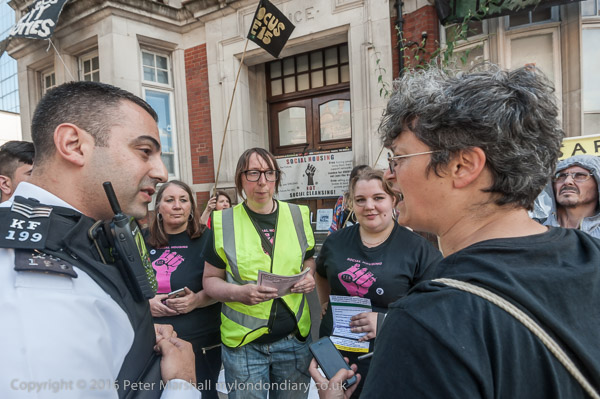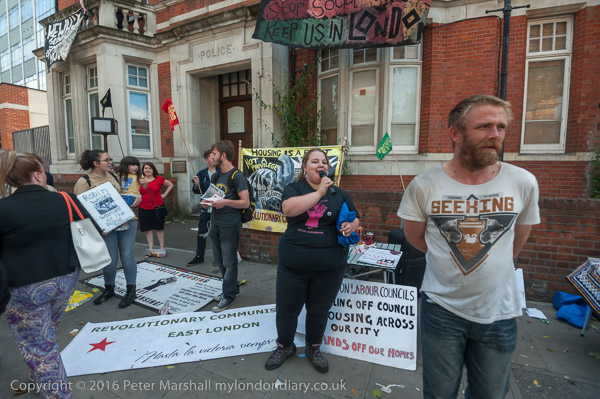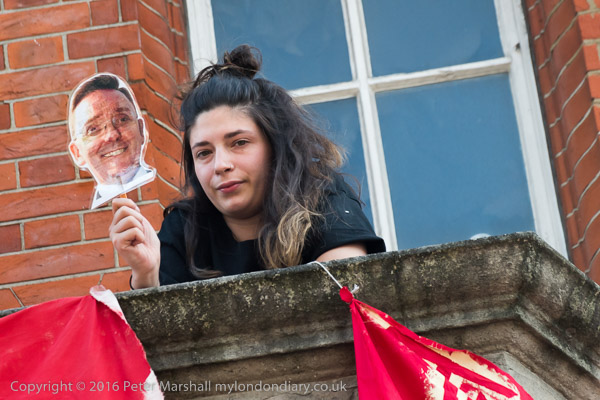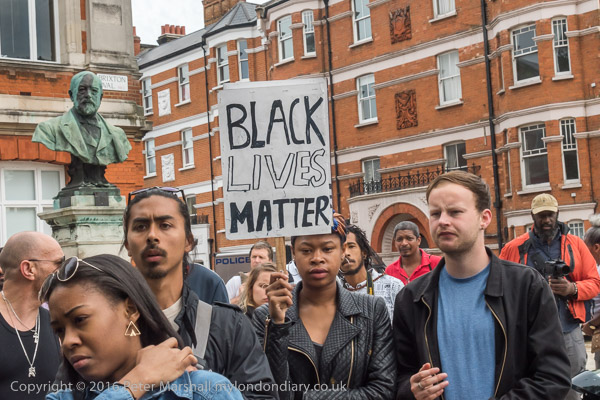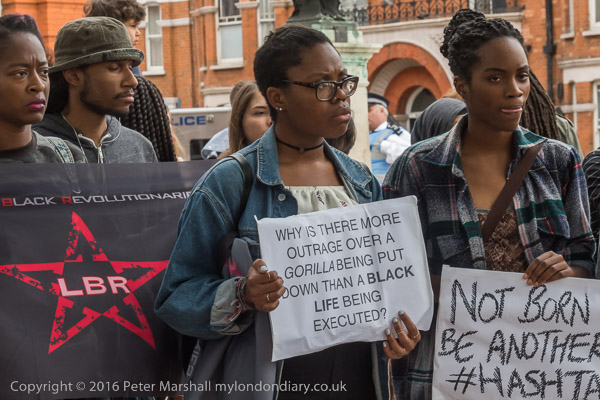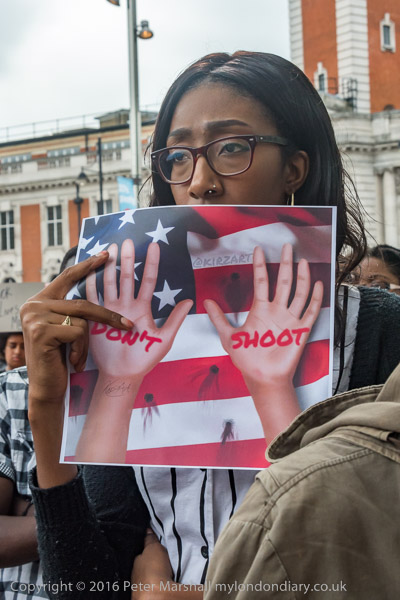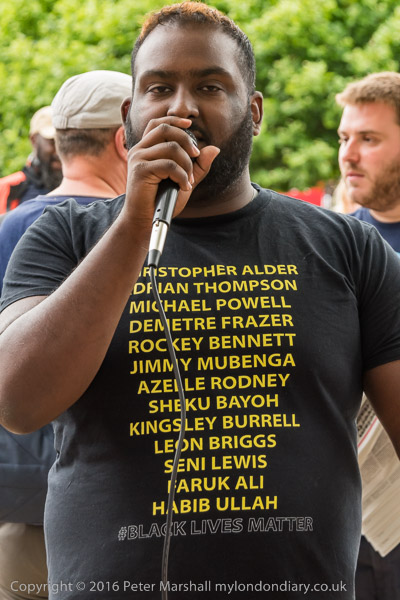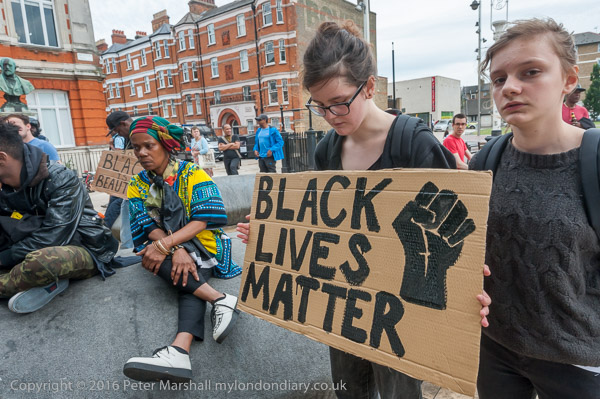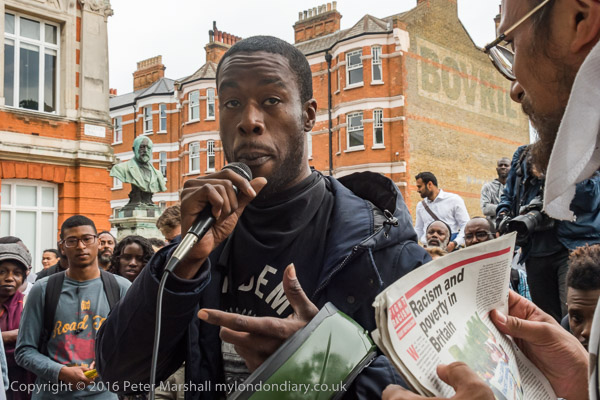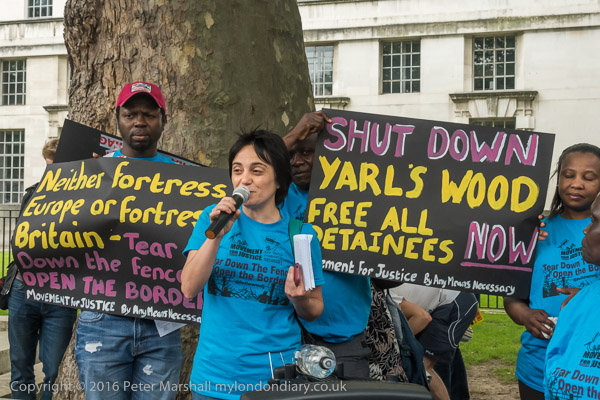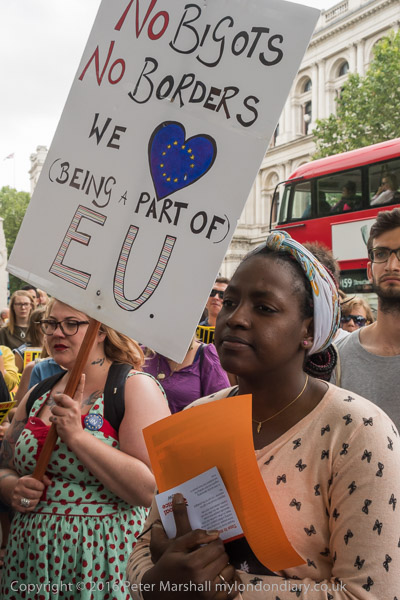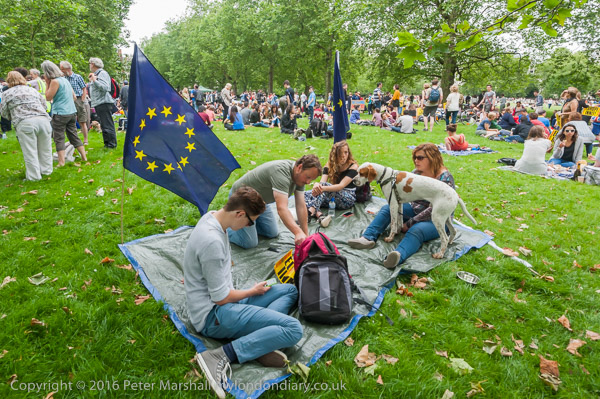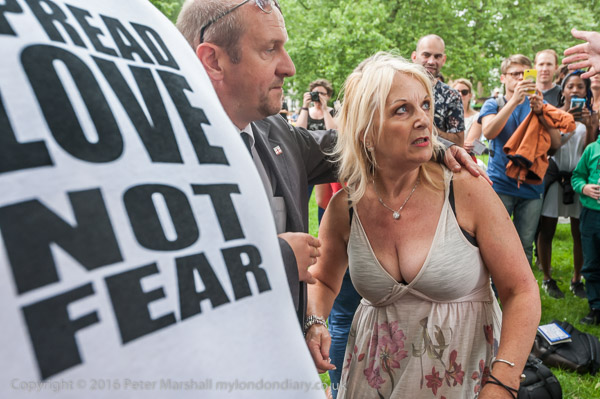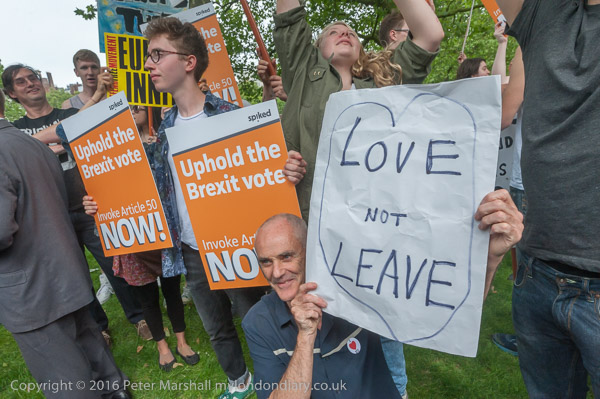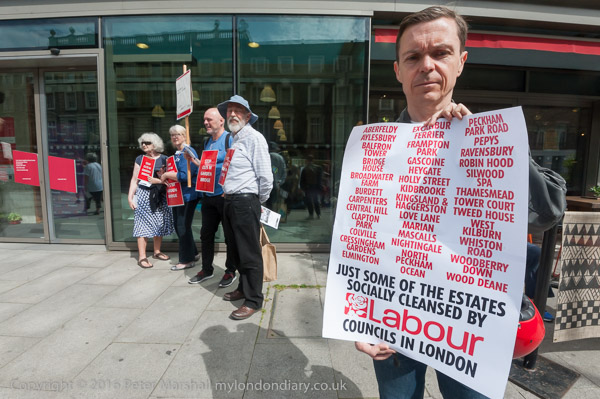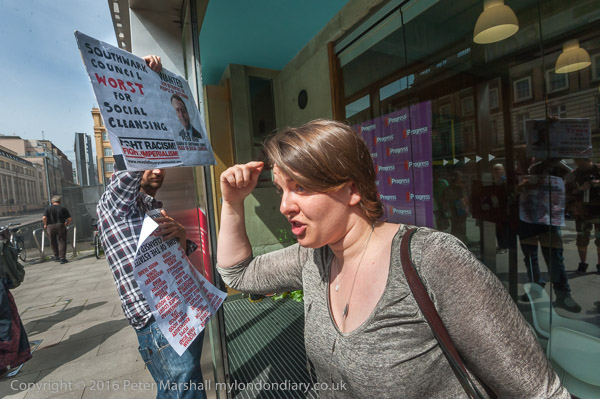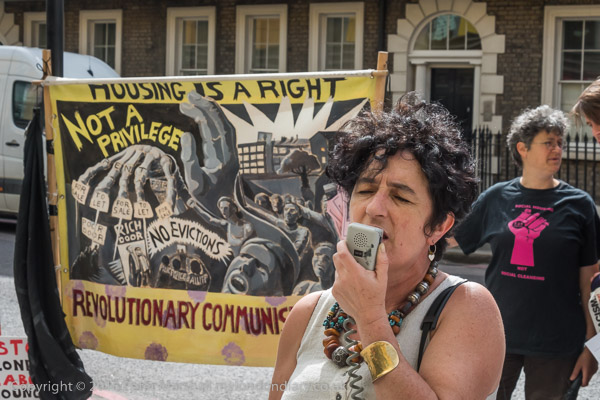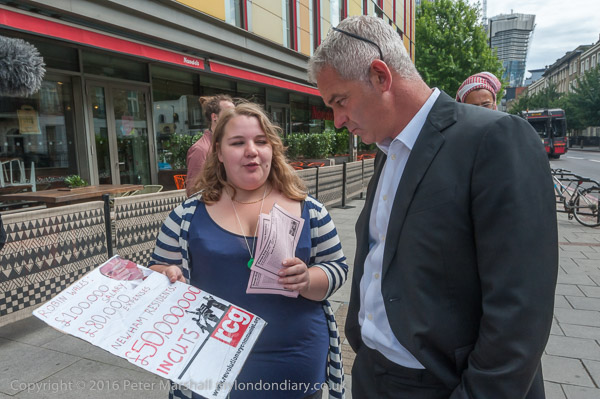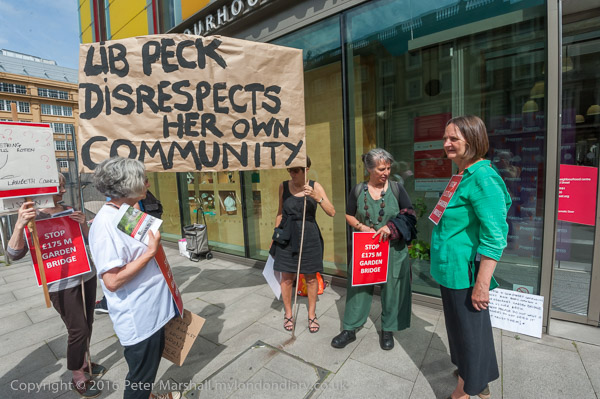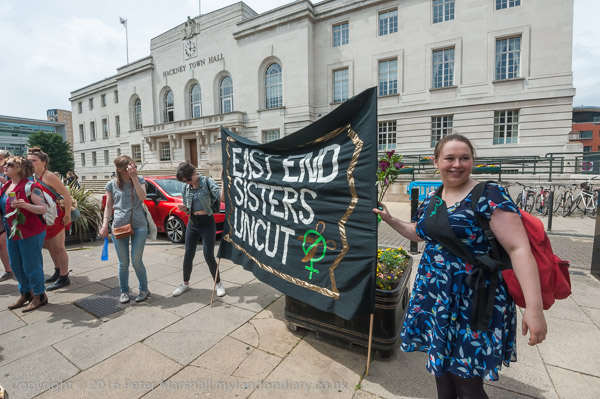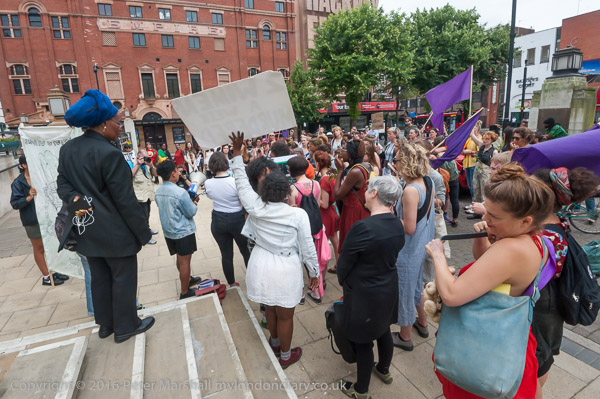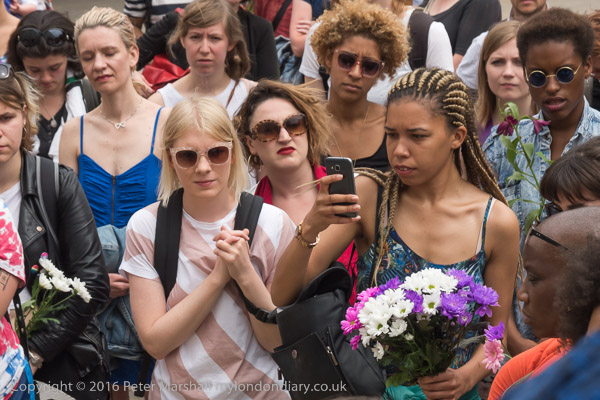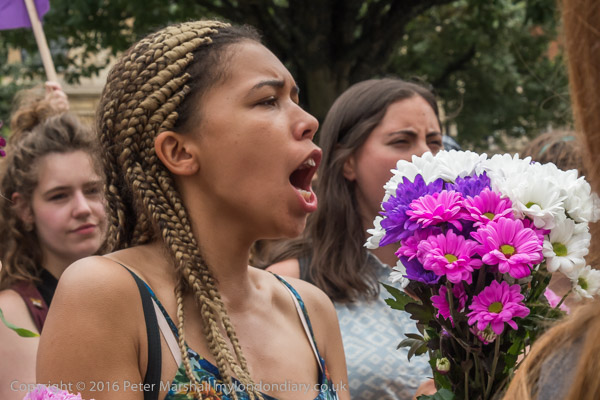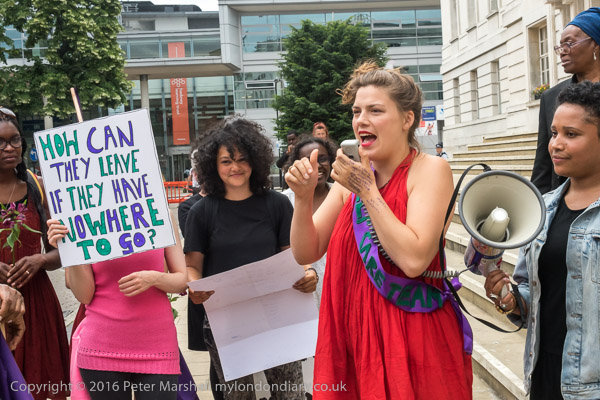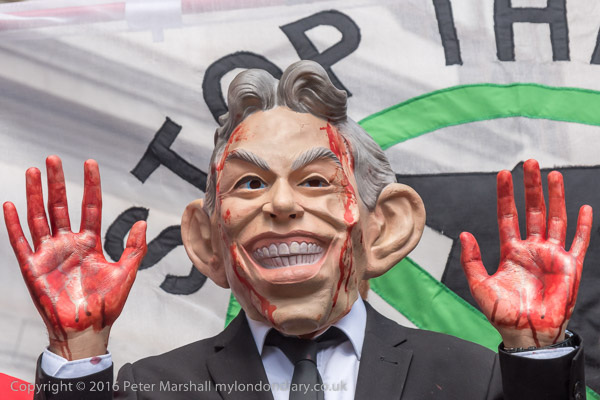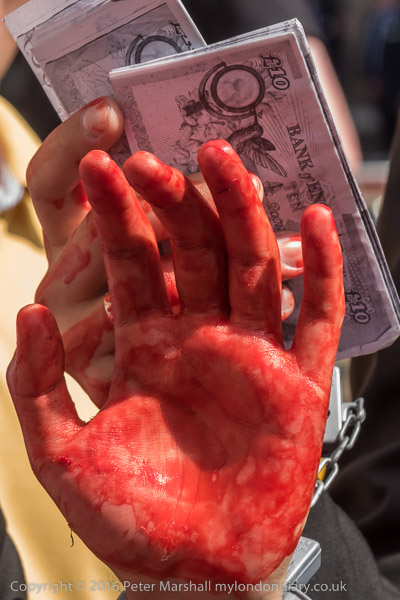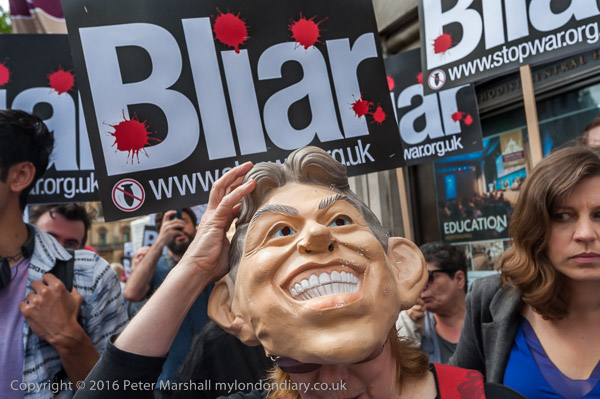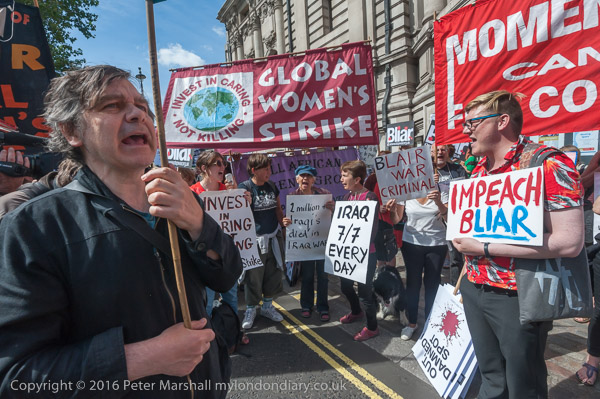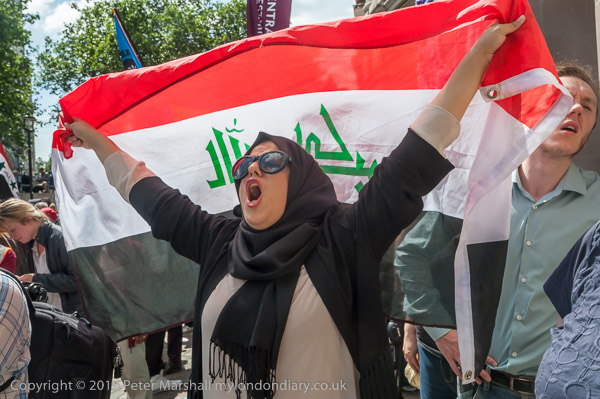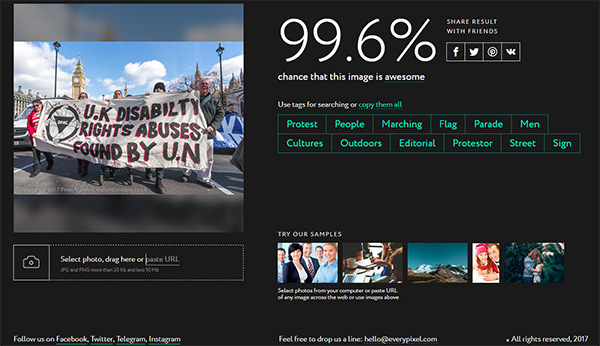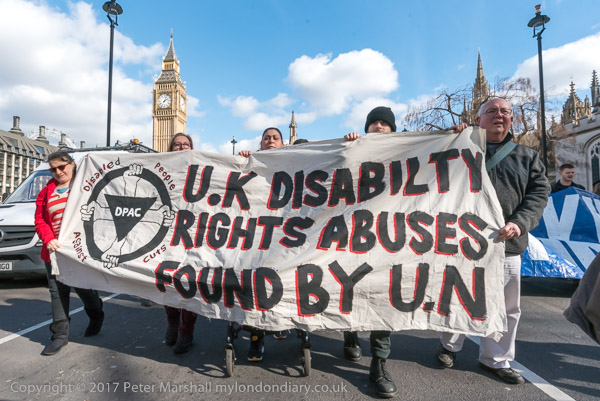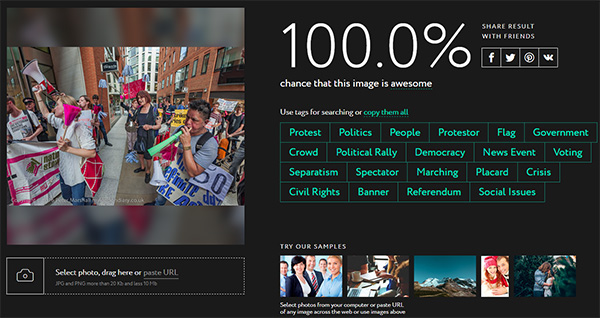A picture is added daily to ‘A View of Hull’, my Hull photos web site at http://www.hullphotos.co.uk/ and I also post them with these comments on Facebook.
6th April 2017
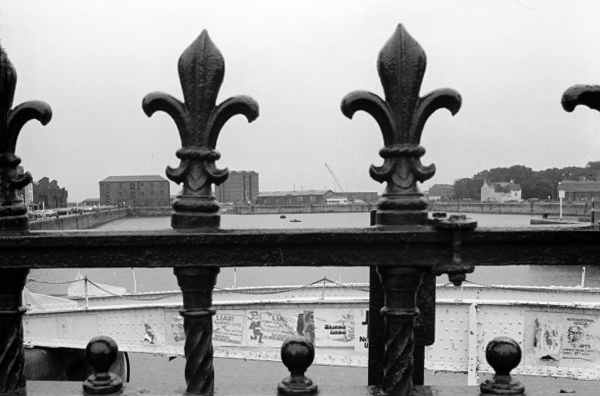
32m65: Princes Dock from Monument Bridge, 1982 – City Centre
The railings are still their, though now rather more smartly painted, but the dock bridge seen through them has gone. Many of the buildings around the dock are still there, along Princes Dock St, the rather dumpy warehouses on Castle St, their considerably more elegant counterparts at Railway Dock. The dockside sheds are long gone, and the white building near the right edge, The Earl De Gray pub, is under threat of demolition. Built as the Junction Dock Tavern in the 18th century (some say as early as 1720, other sources place it later) , and altered considerably in Victorian times it was Grade II listed in 1994.
The Earl de Grey was known to sailors around the world, serving their needs when they hit port for perhaps 180 years, described as “a seedy dive populated by drunken sailors and women of the night” and latterly by transvestites it closed around 2000. Four years later after an expensive face lift it opened again, but not for long, closing again the following year.
Earl de Grey and Ripon (later Marquis of Ripon) was installed Lord High Steward of Hull in 1863. He was a Liberal politician who was even born in Downing St (his father was PM at the time) and became one of Hulls two MPs in 1852 but both Hull MPs were unseated the following year because of widespread corruption in their election (though not by them.) He was then elected as MP for Huddersfield. Later he served for four years as Viceroy of India, and introduced a progressive bill in Parliament calling for great rights for native Indians – which Parliament rejected. He later became Leader of the House of Lords.
High Steward of Kingston upon Hull is a ceremonial title which Hull City Council has given occasionally to prominent people with some association to Hull since the sixteenth century. In the old days it included gifts of ale, and so the renaming of the pub was appropriate. Though the office was abolished in 1974, for some deranged reason it was revived in 2013 and awarded to Peter Mandelson of all people. His only qualification for the post appears to be that his grandfather Herbert Morrison had previously held it.
The pub used to be noted as the home of two very voluble parrots, Cha Cha and Ringo, noted for their mimicry of the drinkers. And in 1985, when some of these came back and robbed the takings, they stabbed Cha Cha to death in case the bird might reveal their identity. Cha Cha was buried under Castle St and Ringo, heart-broken by the loss of his mate, never uttered another word. When the pub was made over and re-opened in 2004, the two of them were replaced by a single plastic macaw, not quite the same. Though it probably wasn’t why it failed.
There were plans to pull it down and build another hideous hotel (which seems to be fast becoming a Hull speciality) but apparently now the Highways Agency would like to disrupt the city even more – Castle Street has already swallowed up too much of Hull’s heritage, smashing its way through the Old Town (there is a petition against this.)
But what is most noticeable about the picture is what isn’t there. Much of Prince’s Dock was soon to be covered by the Princes Quay shopping centre on stilts, which opened in 1991
7th April 2017
It is hard to relate this riverside warehouse, at 11 High St (or ‘Little High St’) just south of Blaides Staithe and north of Drypool Bridge, exactly to the structural boundaries shown on old maps, but I think it was the Phoenix Warehouse of Spear, Houfe & Co. Ltd. There is some lettering on the building but it is difficult to make out much of it and there seem to have been at least two names written over each other in some places. One of these at the lower left could be ‘Phoenix’ and at top right it is more clearly ‘E & Co Ltd’. There are a few distinct letters but not enough to make any sense of, and my photograph isn’t quite as clear as it might be. The plate on the side is for W & T SPEAR Co Ltd, a company that owned a number of warehouses and commercial buildings in Hull.
The building was probably Victorian, possibly earlier, and was in poor condition; it was demolished not long after I took this picture. Had it remained standing a few more years it would have been listed, and if it were beside the Thames in London would doubtless have been converted into luxury flats. In Hull, the site remains empty over 30 years later and has only been used since demolition for car parking.
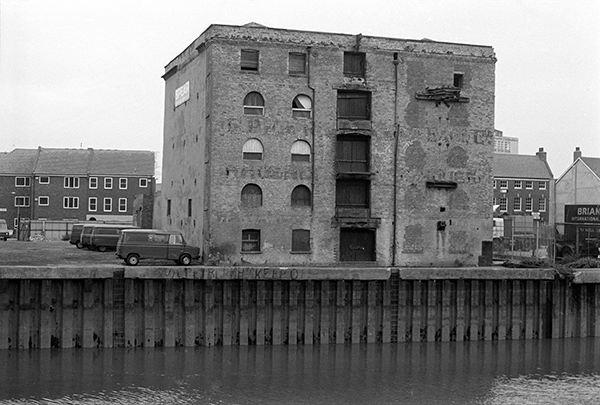
32n25: Derelict Phoenix Warehouse, Spear, Houfe & Co. Ltd., High St, 1982 – River Hull
8th April 2017
The view of the east bank of the River Hull looking upstream from Drypool Bridge with a number of boats in various states of disrepair moored. The largest is the Kenfig, a grab hopper dredger built in 1954 (possibly by Richard Dunston at Hessle) for Port Talbot and renamed Hedon Sand in 1984. It was one of the dredgers used to clear the passage into Humber Dock for the Marina, and was later scrapped at New Holland. Kenfig is a Welsh village near Bridgend on the Bristol Channel notorious for the number of wrecks around it, on the Scarweather and Nash sands, Tuskar rock and Sker point.
Unfortunately the rather elegant six-story brick industrial building has been demolished though the lower structure beyond it is still there, a part of the Gamebore cartrdige site.
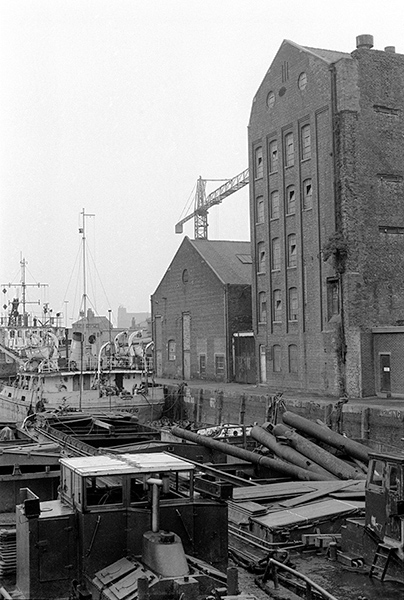
32n26 – View upstream from Drypool Bridge, East bank of River Hull, 1982 – River Hull
9th April 2017
Victoria Dock had closed in 1970, a dozen years before I took this picture, and was largely empty, with occasional signs of its previous use – a few buildings, railway lines and yards. It was hard to know where I was when I took this, although my map showed many railway lines going through the timber yards, some had clearly been out of use for some some years before the docks closed.
The large shed at left is identified by the number 4, but I am unable to identify the exact location of this image taken on my way through the dock to the Hedon Road and back into town. I think it may have been near Earle’s Road, but perhaps someone seeing this will be able to correct me.
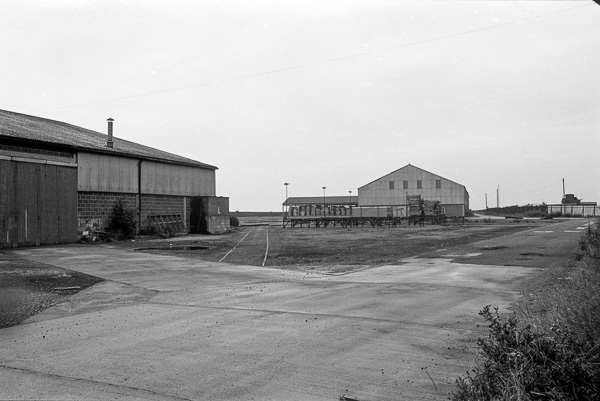
32n32: Victoria Dock, 1982 – Docks
10th April 2017
I am not sure, thirty five years after I took the picture, whether these surprisingly anonymous buildings were inside or just outside Victoria Dock, possibly on the Hedon Rd. I took them on my way out from the dock to walk to the city centre and catch my bus. The next exposure I made was I think on the Hedon Rd. Again I’d welcome information from anyone who recognises the location.
As a photographer, I carefully composed the image with its interlocking shapes and the various rectangles in differing planes across the frame. But if I took any note of the location, it is long lost.
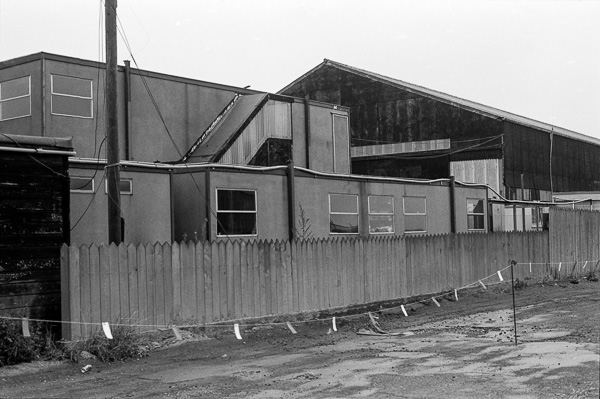
32n33: Victoria Dock or Hedon Rd area, 1982 – Docks
11th April 2017
I photographed this boarded up shop on the corner of Church St at its junction with Great Union St, and expected it to be gone next time I walked past. Surprisingly both it the cafe which adjoined it under the same roof on the left are still there, though now a single business with a new frontage and re-roofed. The neighbouring three storey building which was to its right and is shown in another picture I too is also still standing, and they all look in rather better condition than in 1982.
In 2008 the hairdressers and cafe were both ‘Sue’s Drypool Feast Cafe’ but it is now the ‘Take a Break Cafe’, with much the same advertising. I kept meaning to have breakfast there during my recent stay in Hull, just a few hundred yards away, as it was highly recommended by some, but I just didn’t feel up to a hearty English breakfast the mornings I was there. Perhaps next time.
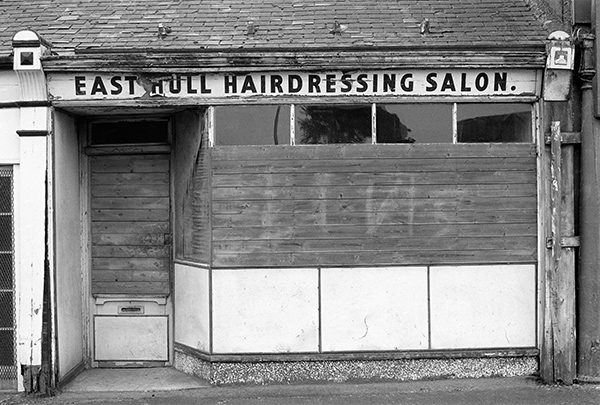
32n36: East Hull Hairdressing Salon, Church St, 1982 – East Hull
12th April 2017
The public footpath along the bank of the Humber used to lead across the dock gates of the Alexandra Dock, giving views into the dock. In 2012 this footpath was diverted as a part of the Green Port development away from the Humber to take a much longer route around the outside of the dock to enable the easier movement of wind turbines from the new Siemens facility to the rigs that take them out to offshore locations, which are too large to enter the dock but moor on the Humber bank.
It’s a shame that a better solution could not be found – perhaps with some short lengths of roofed concrete tunnels to keep the path by the riverside. The path is a part of the Trans-Pennine trail and the alternative – with artworks and orientation boards – seems something of an insult to real walkers. There is a viewpoint provided, but along much of the route views are obstructed by earth banks, parked lorries and an unnecessarily fine mesh fence.
The tug Trawlerman was built in Hull by Humber Ironworks & Shipbuilding in 1963. In 1986 she was renamed Argo Cape and in 2006 became Alsadiq 4. Her last known owner was the Dubai company Iktra Shipping & Sea Transport and she was registered in the small island state of Comoros in the Mozambique Channel, but may have been scrapped as no details are available of her current location.
In the background you can see the distinctive building of Hull Jail, immediately across the Hedon Road from the dock.
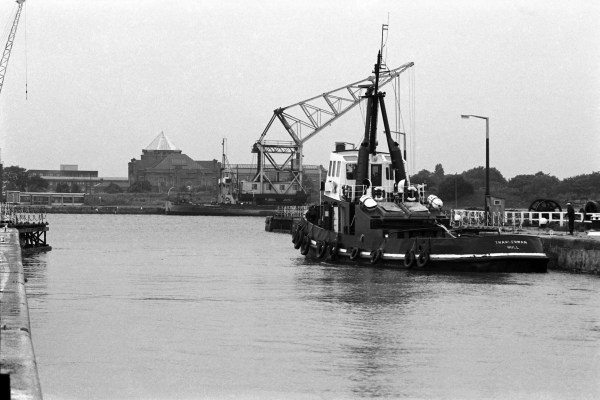
32n41: Hull Tug Trawlerman in Alexandra Dock entrance lock, 1982 – Docks
You can see the new pictures added each day at Hull Photos, and I post them with the short comments above on Facebook.
Comments and corrections to captions are welcome here or on Facebook.
Continue reading Hull Photos: 6/4/17-12/4/17







